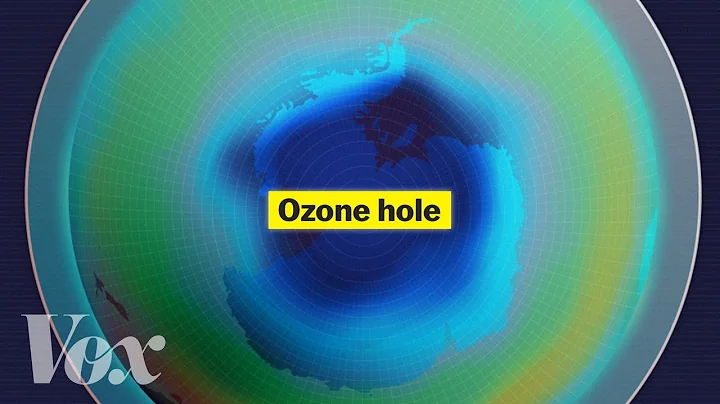
The ozone layer in the stratosphere protects life on Earth from harmful ultraviolet radiation, but also has a strong impact on the weather.
The ozone layer in the stratosphere as seen from space. Image credit: NASA
The ozone hole over Antarctica is the most significant and well-known depletion of Earth's protective ozone layer, but this precious molecule can be destroyed from the poles to the tropics. Scientists now believe that reduced ozone over the Arctic is causing unexpected weather effects in the Northern Hemisphere.
As reported in Nature Geoscience, the team believes they have discovered a causal link between reduced ozone and unusual weather events. Ozone absorbs ultraviolet light from the sun, heating the stratosphere and causing the polar vortex (region of low-pressure cold air around the poles) to break up in the spring. But due to the lack of ozone, the temperature is very low and the polar vortex is very strong.
The study found widespread ozone depletion over the tropics, but scientists disagree on its significance.
"Ozone destruction only occurs when it is cold enough and the polar vortex is strong in the stratosphere, 30 to 50 kilometers above the ground," explains Marina Friedel, lead author and PhD student at ETH Zurich. The polar vortex produces effects observed at the Earth's surface. Researchers noted ozone depletion in the Arctic and warm and dry conditions in Europe and across Siberia in 2020. Although in a place like the polar regions, the weather was wetter than expected. A similar scenario occurred in 2011 when the same losses were observed.
The team ran two different simulations, including ozone depletion, which is usually excluded from models because they make calculations more onerous. Both models reproduced events that occurred in 2020 and 2011, as long as ozone depletion was included. "What surprised us most from a scientific point of view was that although the models we used for the simulations were completely different, they produced similar results," the researchers said.
The destruction of the ozone layer is due to the presence of chlorofluorocarbons (CFCs) ) and other substances that have been banned from remaining in the atmosphere since 1989. While some signs of recovery have begun to emerge, the chemicals have been stuck there for up to a century, so the climate impacts of ozone depletion may still be playing out.
Scientists wonder: "Concentrations of CFCs are steadily declining, which raises the question of how quickly the ozone layer will recover and how this will affect the climate system."
"It will be interesting to observe and model the future evolution of the ozone layer ."





















